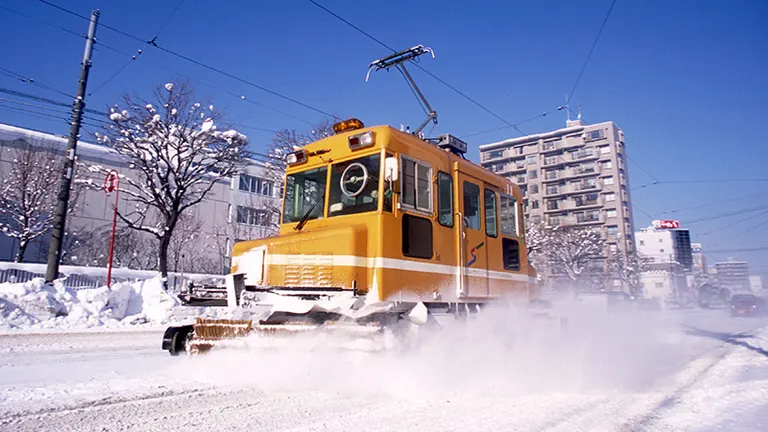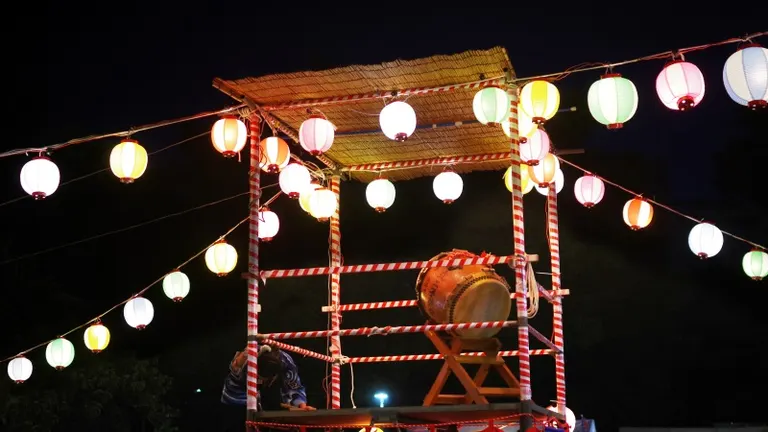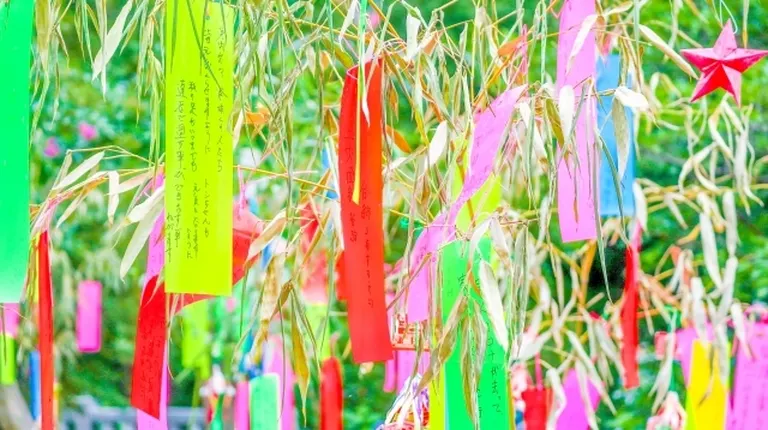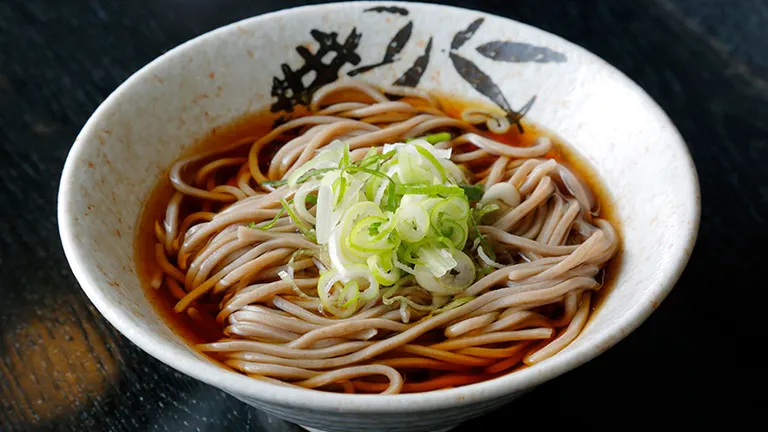
ARTICLES
Why has ekisoba, a food culture essential for train travel, become less common in Hokkaido?
Ekisoba (standing buckwheat noodles) are served at train stations and can be eaten quickly. It can be said that ekisoba has been a part of the food culture for a long time as a quick meal before leaving for a trip. However, in recent years, ekisoba has become rare in Hokkaido. Let us examine why ekisoba restaurants have decreased in number in Hokkaido.
Ekisoba in JR Sapporo Station: Then and Now
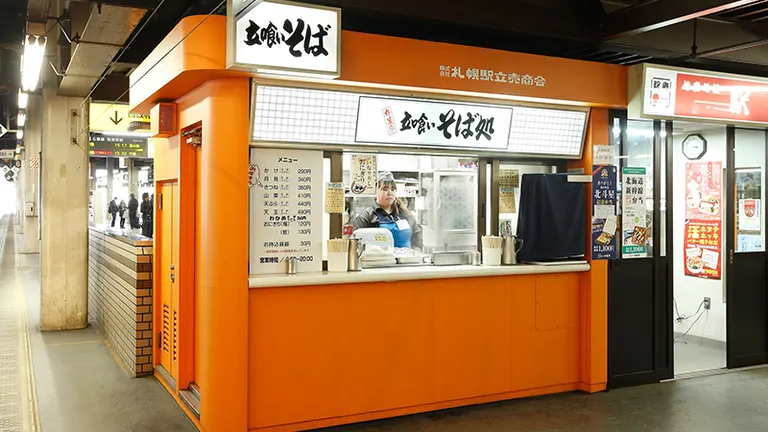
Ekisoba noodle stores on the platform of JR Sapporo Station. Ekiben (boxed meals) and other items are also sold (image courtesy of Sapporo Station Tachiyoshokai).
As of December 2023, there are two ekisoba stores on the platform of JR Sapporo Station that are relatively easy to find for both Hokkaido-residents and visitors to Hokkaido. The first is platforms 5 and 6, from which the rapid airport trains bound for New Chitose Airport depart, and the second is platforms 7 and 8, from which trains mainly bound for Iwamizawa and Asahikawa depart.
JR Sapporo Station is the mammoth station in Hokkaido with approximately 77,000 passengers per day. There are currently two ekisoba noodle stores, but there used to be one on every platform of Sapporo Station.

Kakesoba, the most popular menu item at a station soba restaurant on the JR Sapporo Station platform (image courtesy of Sapporo Station Tachiyoshokai).
Comparing the number of passengers at JR Sapporo Station with those in the Tokyo metropolitan area, we are confronted with the reality that the population size is too different to begin with. It is not far behind Shinjuku Station (approx. 602,000 passengers/day), the busiest station in Japan in terms of passengers, but close to Oimachi Station (approx. 77,000) and Ogikubo Station (approx. 76,000) where limited express and other priority trains pass through. Incidentally, the second largest station in Hokkaido is New Chitose Airport Station with approximately 14,000 passengers, making it even more comparable.
The number of passengers does not include subways and private railway lines (based on JR's data for FY2022).
As a matter of course, the customers of ekisoba are the people who use the station. Especially for stores located on station platforms, the only customers are people getting on and off the train, so unless there are many train passengers, it is difficult to increase the number of customers. Considering the number of passengers, it makes me think that Hokkaido may be a tough environment for the station noodle business itself in the first place. ......
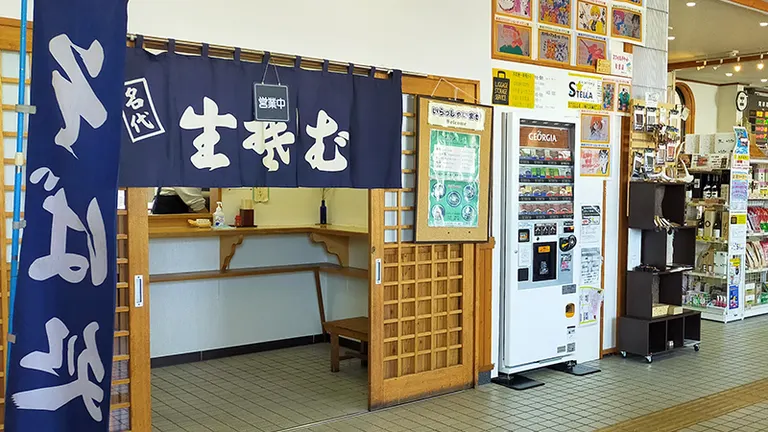
Eki-Soba restaurant in the waiting room of JR Shintoku Station. Only in Shintoku, a town famous for its soba.
Yet, if you look around Hokkaido, you can still find eki-no-Soba restaurants in the waiting rooms of stations such as JR Furano Station and JR Shintoku Station. In the old days, there were also ekisoba shops in Abashiri, Nayoro, and Engaru stations, and the ekisoba shop in Otoishifu station was famous throughout Japan. All of these stations have less than 10,000 passengers per day, so there may be more reasons than just high or low passenger counts.
- 1
- 2






